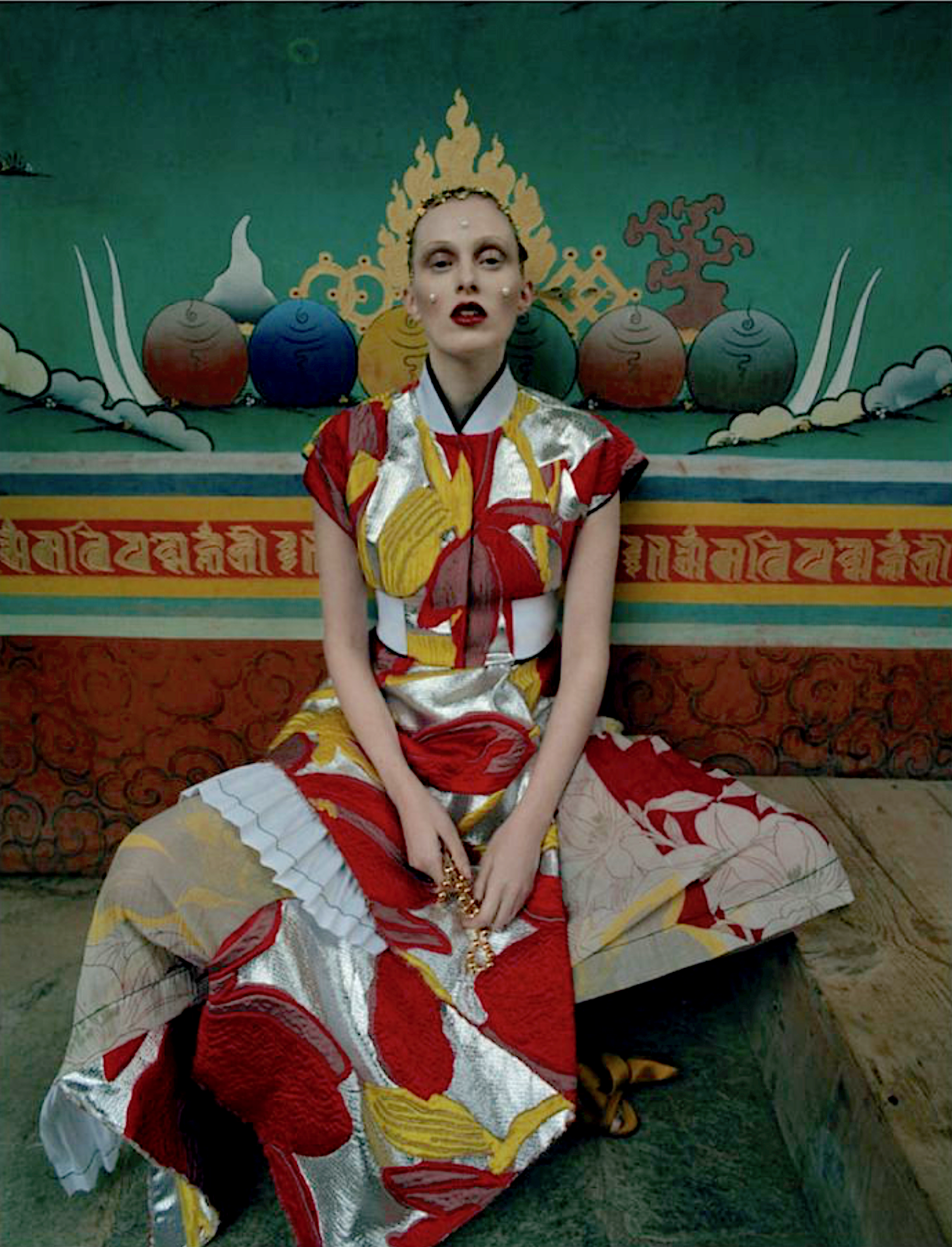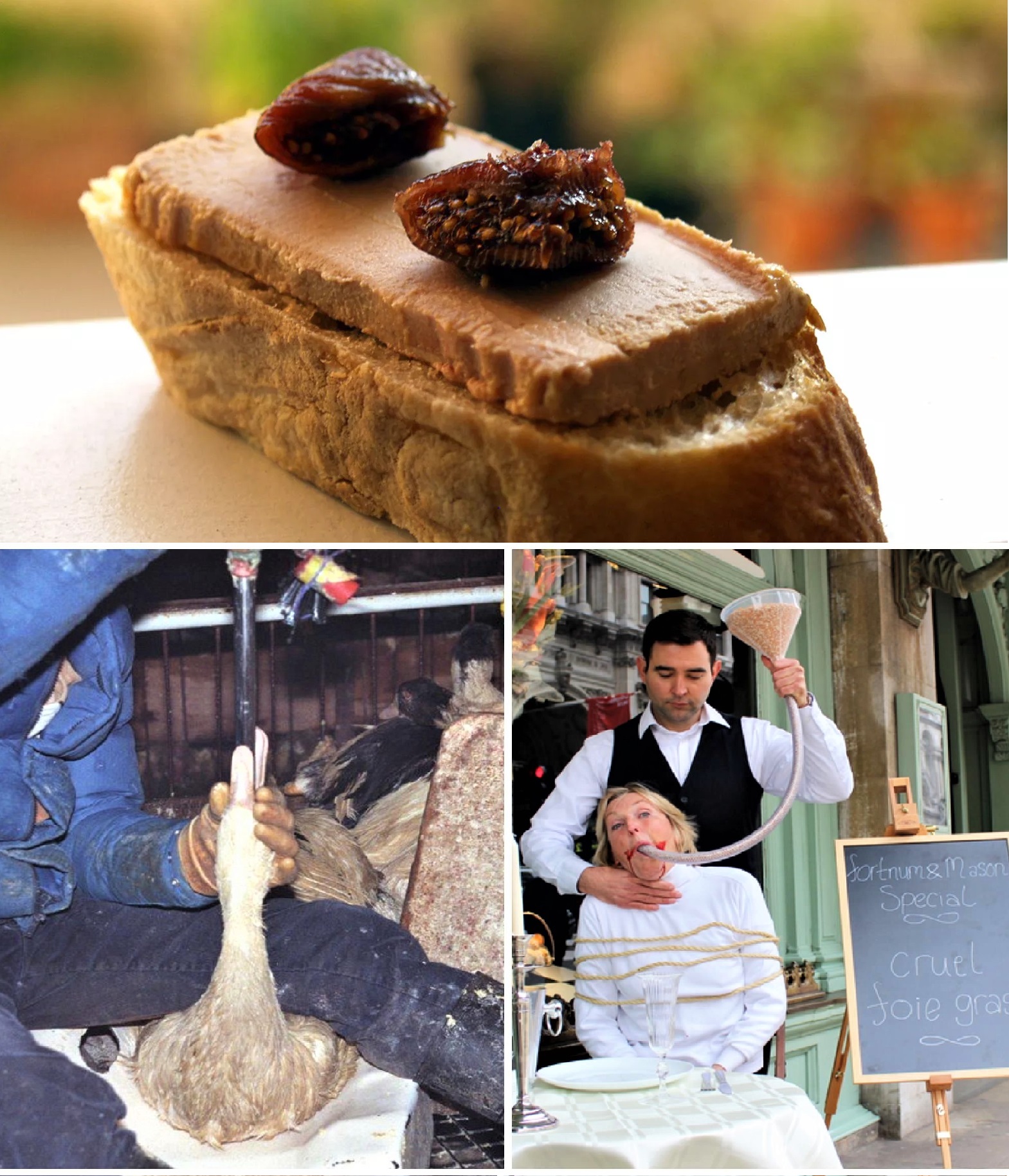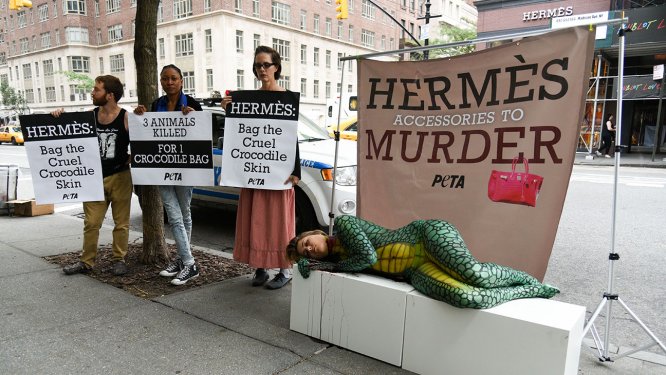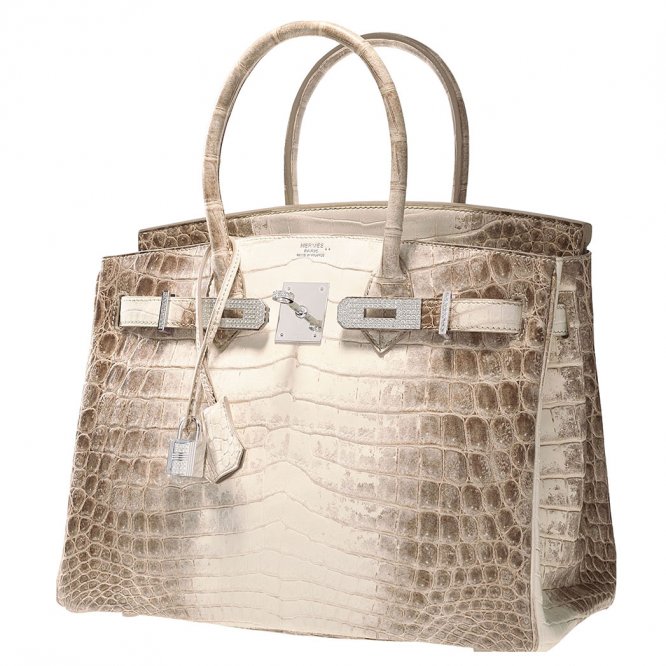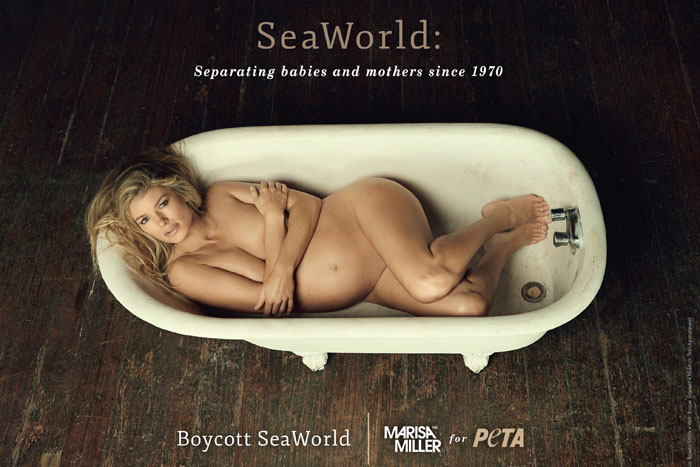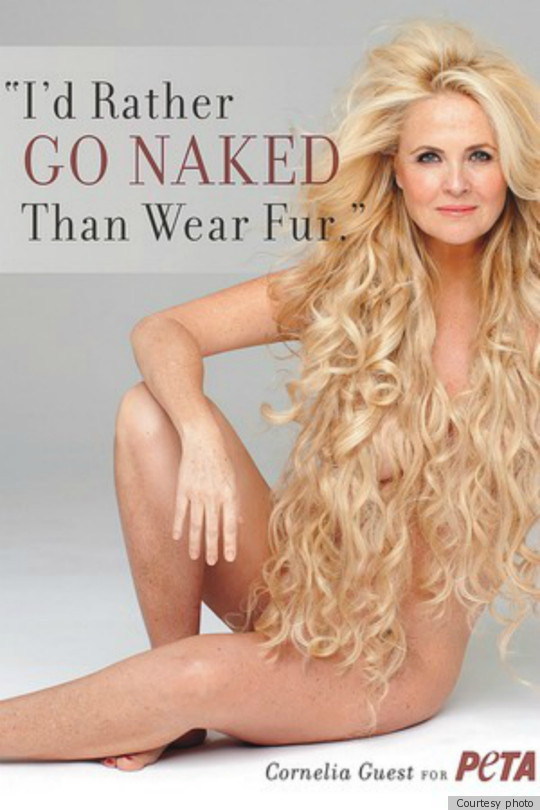New York City Considers Again A Ban on Foie Gras, As Farmers Refute Animal Abuse Claims
/New York City’s reputation for fine dining makes it one of the premier destinations for eating foie gras in the country. The renowned but increasingly-controversial delicacy made by force-feeding ducks and geese has been banned in states like California, overturned in a court decision, only to have a federal appeals court reinstate the ban. California bans the force-feeding of animals, a tenet also at the heart of new legislation before the New York City Council.
New York City looks increasingly likely to ban foie gras, and fowl farmers aren’t happy about it. A bill sponsored by Carlina Rivera, a city councilwoman who represents Manhattan neighborhoods, would prohibit the sale of the delicacy, and levy fines of up to $1,000 to businesses that violate the ban.
The bill, which already has the support of half of the Council in the form of co-sponsors is also supported in principle by Mayor Bill de Blasio.
“It’s a purely luxury product,” said Ms. Rivera, who conceded to having tasted foie gras before she knew how it was made. (“I wasn’t a fan,” she said.)
Foie gras advocates say claims of torture are exaggerated and politically motivated. Mark Caro, author of ‘The Foie Gras Wars’, an overview of all aspects of the controversy argues that the uproar is overstated. “If you try to get people to give up their cheap chicken, you would have a problem, because it would affect their budgets,” Caro is quoted in the New York Times.
The attempts to ban foie gras are rooted in the wave of populism that has swept the country. Caro believes that attacking the lifestyles of the 1% is part of today’s political activism. There is no agreement among scientists and credentialed professionals associated with the food industry about whether foie gras is the product of torture and inhumane punishment of animals. The Times goes in-depth to educate us on all the nuances involved in this long-fought battle around foie gras.
AOC first took up the topic in 2009.

